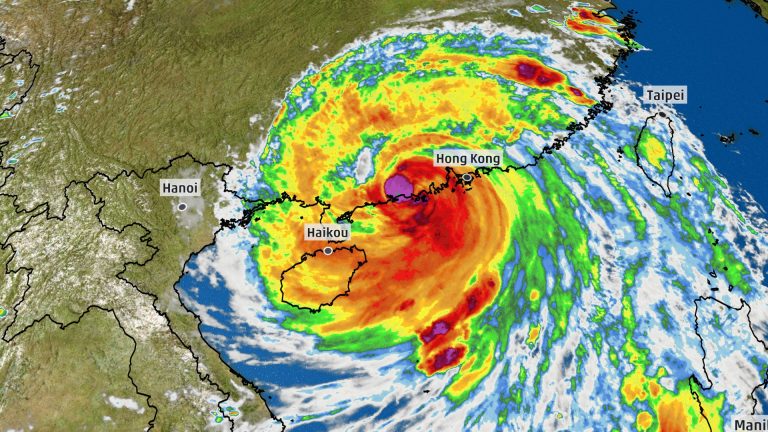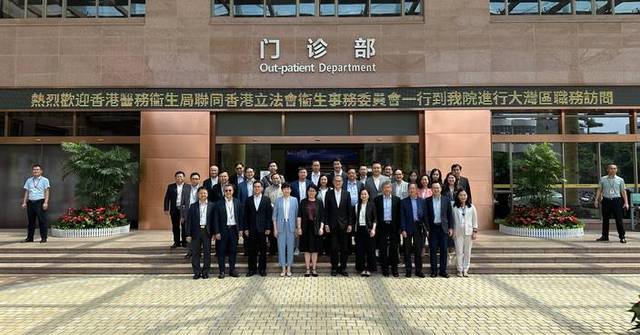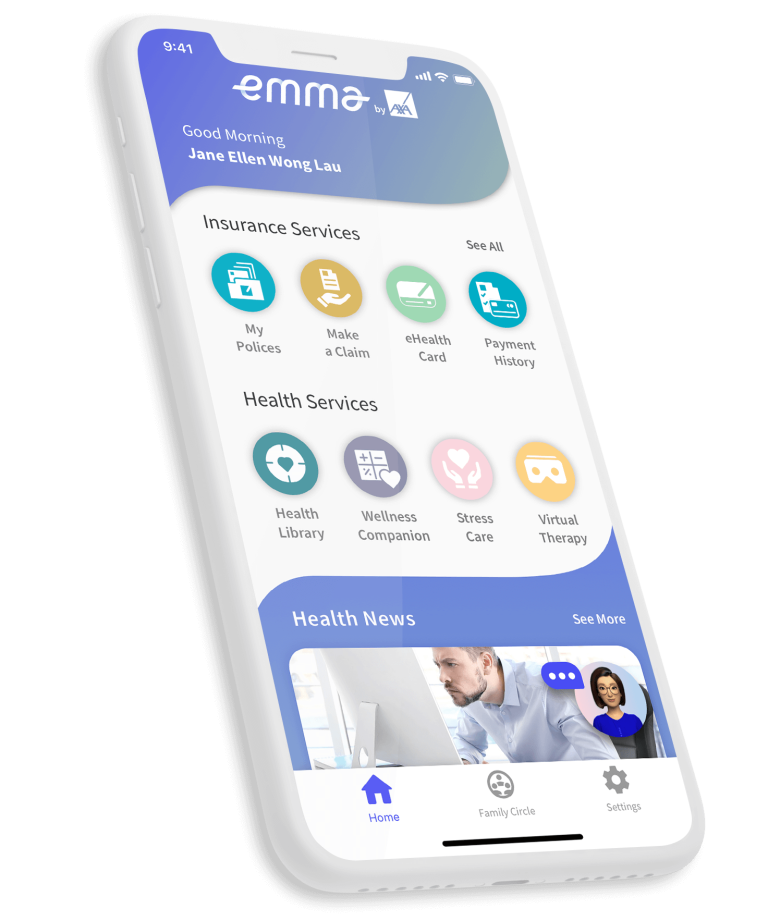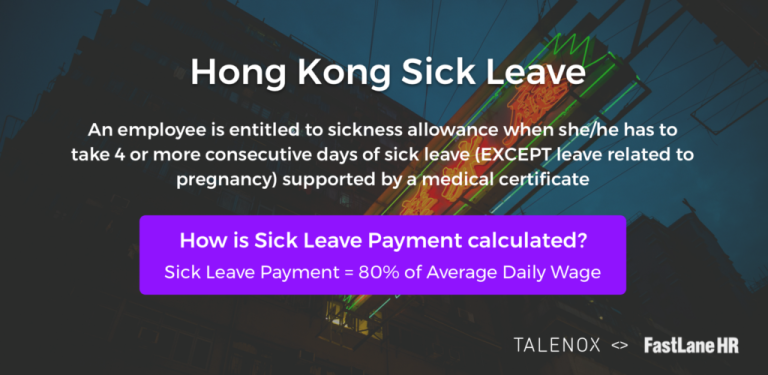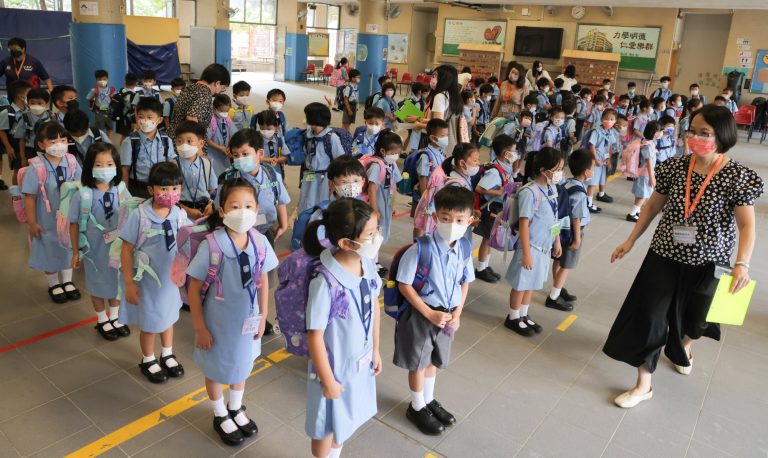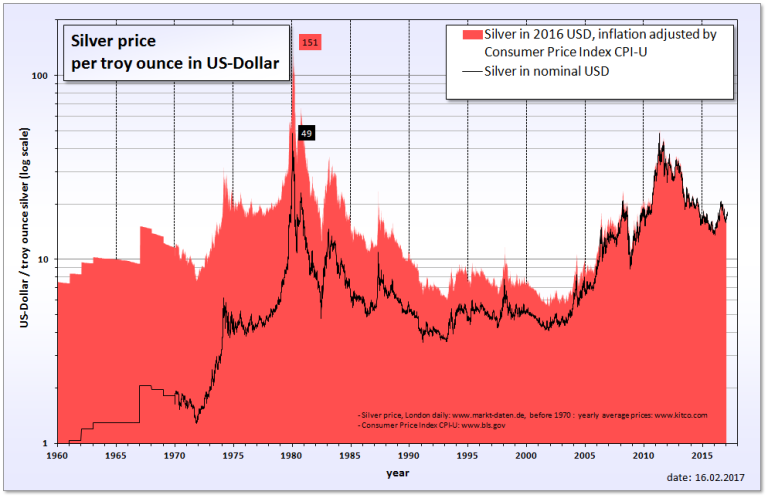Understanding Paid Sick Leave in Hong Kong: A Comprehensive Guide for Employees
Navigating sick leave can be complex, but Hong Kong’s sickness allowance provisions offer robust protection for employees under continuous contracts. If you’re wondering about your rights and entitlements when illness strikes, this guide will walk you through the essential details.
To qualify for sickness allowance, employees must meet several key criteria. First, the sick leave must span at least four consecutive days, with some important exceptions. Female employees taking time off for pregnancy check-ups, post-confinement treatment, or experiencing a miscarriage can count these days as sickness days and potentially receive allowance.
Documentation is crucial. Employees need to provide a medical certificate from a registered medical practitioner, Chinese medicine practitioner, or dentist. For pregnancy-related absences after December 11, 2020, a certificate of attendance can suffice. Those facing anti-epidemic movement restrictions can provide electronic or hard copy proof showing their identity and the restriction’s duration.

However, not all sick days are eligible for allowance. You won’t receive payment if you refuse treatment from a company doctor without reasonable excuse, if the sick day falls on a statutory holiday with holiday pay, or if compensation is payable under the Employees’ Compensation Ordinance.
The financial support is substantial. Sickness allowance is calculated as four-fifths of your average daily wages over the preceding 12 months. For those employed less than a year, the calculation adjusts accordingly. Importantly, periods without full wages—like rest days, holidays, or days without employer-provided work—are excluded from this calculation.

Paid sick days accumulate generously. During the first 12 months of continuous employment, you earn two paid sickness days per completed month. After that, this increases to four days per month, with a maximum accumulation of 120 days at any time.
The system is divided into two categories of paid sick days. Category 1 allows up to 36 days, requiring medical certification. Category 2 provides an additional 84 days when Category 1 days are exhausted. Employers may request detailed medical information for Category 2 days, including investigation and treatment specifics.

Employees enjoy significant employment protection. Employers cannot terminate your contract while you’re on paid sick leave, except in cases of serious misconduct. Violating this protection can result in prosecution and substantial fines up to $100,000.
Record-keeping is mandatory. Employers must maintain detailed records of your employment dates, accumulated sick days, and allowance payments. You have the right to inspect these records and must sign them within seven days of returning from sick leave.

Failure to comply with these provisions carries serious consequences. Employers who don’t pay sickness allowance without reasonable excuse can face prosecution and fines up to $50,000.
Medical certificates must be specific, detailing the duration and nature of the illness or injury preventing you from working. For pregnancy-related examinations after December 11, 2020, certificates must clearly state the date and purpose of the visit.
This comprehensive system reflects Hong Kong’s commitment to workforce health and employee protection. It provides a safety net that ensures financial stability during illness while maintaining clear guidelines for both employees and employers.
Whether you’re dealing with a short-term illness, pregnancy-related medical needs, or unexpected health challenges, understanding these provisions can help you navigate your rights and responsibilities with confidence.

